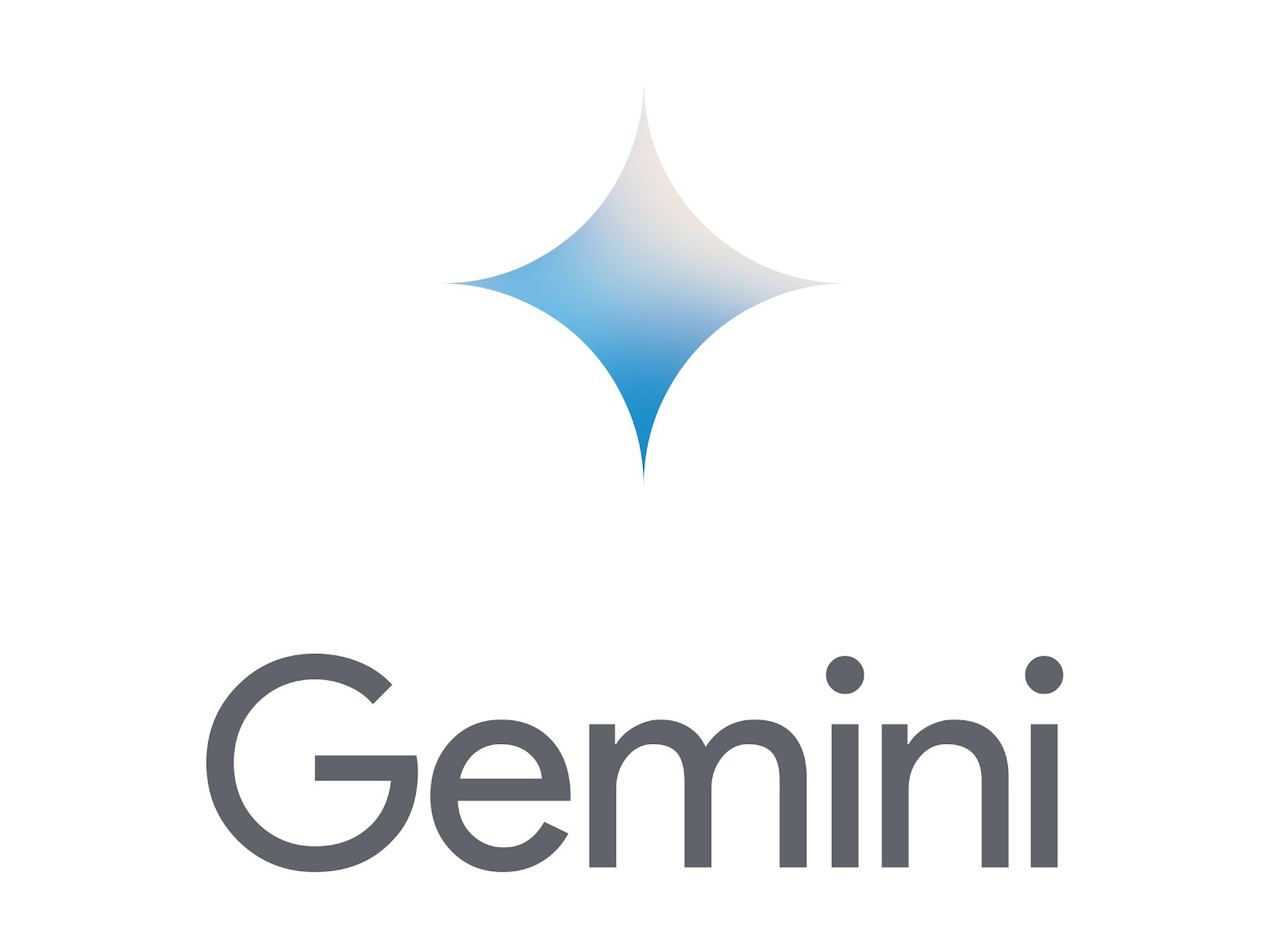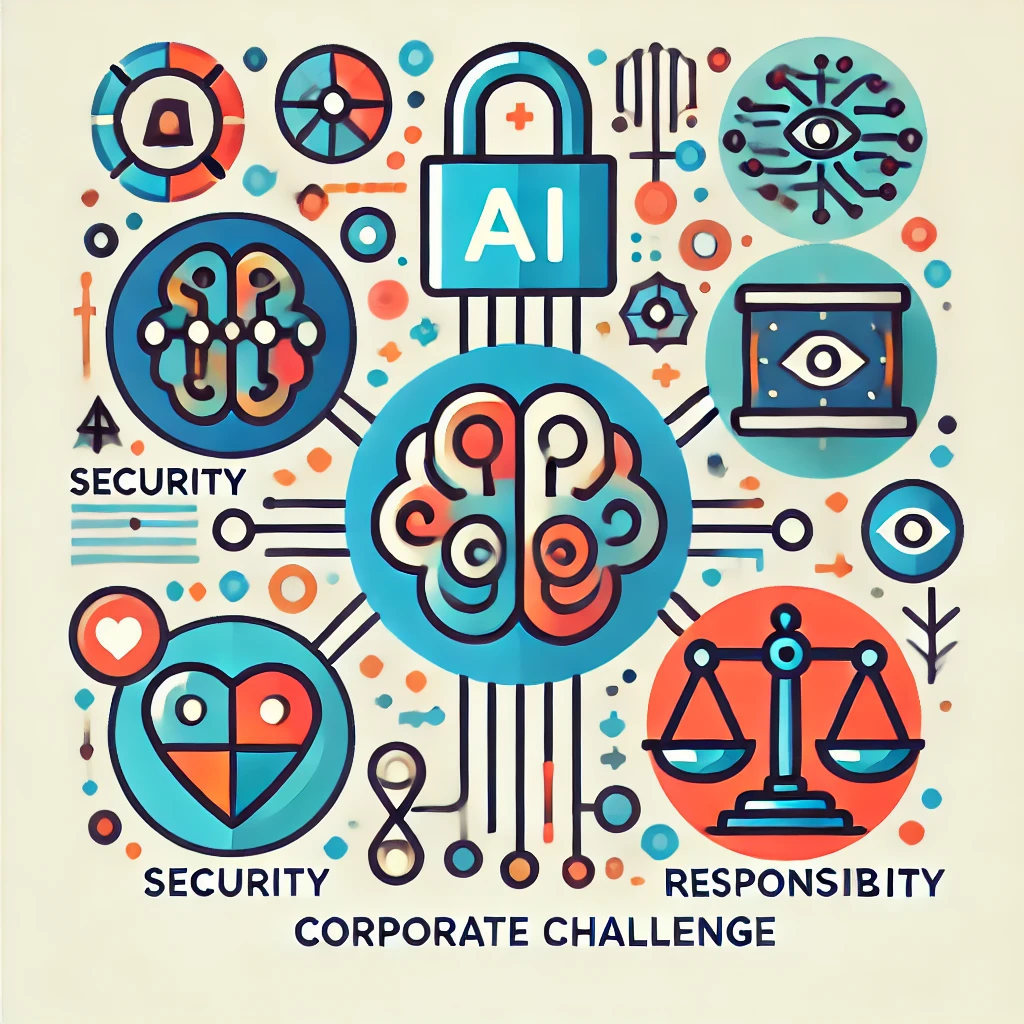Description
code, and images. It excels at a wide range of tasks, including:
- Text generation: Creating various text formats, from stories to emails.
- Translation: Translating languages accurately and fluently.
- Coding assistance: Writing, debugging, and explaining code.
- Image understanding: Analyzing and generating images based on textual descriptions.
- Question answering: Providing comprehensive and informative answers.
Gemini’s versatility and advanced capabilities make it a powerful tool for a variety of applications.
Price ($)
- Free version available
- Monthly subscription for premium services
Use Case(s)
Gemini, as a powerful multimodal language model, offers a vast array of applications for professional development and business management. Here are several use cases:
Professional Development
- Personalized Learning Paths: By analyzing an employee’s role, skills, and career goals, Gemini can create tailored learning paths, including recommended courses, articles, or videos.
- Skill Gap Analysis: Identifying skill deficiencies within a team or organization through performance data, job descriptions, and employee feedback.
- Performance Coaching: Offering real-time feedback and suggestions based on employee performance data, providing guidance for improvement.
- Content Creation: Generating training materials, such as presentations, manuals, and simulations, adapting to different learning styles.
- Mentorship and Coaching: Simulating mentorship interactions, providing guidance and support to employees.
Business Management
- Market Analysis: Analyzing market trends, competitor information, and customer data to identify opportunities and risks.
- Business Planning: Assisting in creating business plans, financial forecasts, and strategic roadmaps.
- Customer Relationship Management (CRM): Analyzing customer data to identify patterns, preferences, and potential churn risks.
- Project Management: Assisting in project planning, scheduling, and resource allocation.
- Risk Assessment: Identifying potential risks and developing mitigation strategies.
- Decision Support: Providing data-driven insights and recommendations to support decision-making.
- Process Optimization: Analyzing business processes to identify inefficiencies and suggest improvements.
Specific Examples
- Finance: Forecasting financial performance, analyzing investment opportunities, and automating financial reports.
- HR: Automating tasks like resume screening, generating job descriptions, and conducting employee surveys.
- Sales: Creating personalized sales pitches, analyzing sales data to identify trends, and generating sales reports.
- Marketing: Developing marketing campaigns, analyzing customer sentiment, and generating content ideas.
Google’s AI Principles
While we are optimistic about the potential of AI, we recognize that advanced technologies can raise important challenges that must be addressed clearly, thoughtfully, and affirmatively. These AI Principles describe our commitment to developing technology responsibly and work to establish specific application areas we will not pursue.





Leave a Reply
You must be logged in to post a comment.